The Islamic Republic of Iran is committing several violations, specifically the discrimination of Arab minorities, Afghan refugees and migrants, the transgender community, and other gender-related discrimation.
This article will focus on the prosecution of Arab minorities – the Ahwazi community. The debasement of the Arab minorities is by no means new (in the 1970s, for example, cities around Iran were renamed from their original Arab toponyms), but the Iranian state has boosted the suppression of the Arab minority in recent years, arresting activists and pronouncing heavy sentences in ‘closed-door’ courts.
Who are the Ahwazi Arabs?
Iran is an ethnically diverse country. However, and similarly to other non-Persian ethnicities [1] in the country, the Ahwazi Arabs are censored.
The Ahwazi Arab community resides mostly in southern Iran, bordering Iraq and the Arabic Gulf (or Persian Gulf). This area, known as Al-Ahwaz by the Arab community, has been renamed ‘Khuzestan’ by the Iranian authorities.
This long-suffering community has found itself in the eye of the recent regional turmoil. In recent years and particularly in the Syrian war, Iran has conducted an extensive effort to keep Syrian President Bashar al-Assad in power. This tactic, as well as others it has applied throughout the region, keeps Iran’s proxies in place, allowing it to use other countries’ territories and assets to pursue its own regional interests.
But how is this related to the Ahwaz Arabs? This minority is a cause celebre across the Arab world, where escalating ethnic and sectarian rivalry with Iran now fuels the wars in Syria. Thus, some Ahwazis see themselves as part of a larger struggle between Iran and the Arab states across the Gulf, which back opposing sides in the Syrian civil war.
“If Bashar falls, Iran falls: that is the slogan of the Ahwazis” an activist said.
Modern slavery
Since 1925, various regimes have carried out policies of Persianisation, mass expulsion, and intimidation against the Ahwazi Arabs as a form of ethnic cleansing. The rate of displacement, deportations and migratory waves has increased since the Islamic Republic took power in 1979.
Persianisation is a sociological process of cultural change in which something non-Persian becomes Persian. It is a specific form of cultural assimilation that often includes linguistic assimilation.
Thousands of Ahwazis were forced to leave their lands and farms and move to deserted parts of the country; they are now (kindly) invited back as serfs. President Rouhani’s economic advisor Akbar Turkan spoke about the anti-Arab ethnic cleansing programme on television last June 2014. He advised citizens to obtain farmers’ land in Ahwaz and divide it into small pieces, and then to resell it at a subsidised price to Persian people. When the reporter asked Turkan what would happen to the native farmers, he suggested they could stay on as farm workers. Does this story remind you of another one?
In addition, ethnic minorities are not permitted to use their language as a medium of instruction in education and are denied adequate opportunities to learn it.
Illiteracy, unemployment and poverty
The Ahwaz region holds huge oil and gas resources (second in natural gas reserves and fourth in oil reserves internationally, 2014), making it vital for Iran’s economy: over 90% of the country’s oil capacity is located in Khuzestan Province. Despite the living just above these riches, Ahwazi people suffer from high rates of unemployment and poverty. For more than eight decades, central governments have marginalised Ahwazi Arabs, impeding them to reach reasonable levels of development through limited access to basic services such as housing, water and sanitation, employment and education.
According to the UNPO (Unrepresented Nations and Peoples Organization, illiteracy among the Ahwazi population is over 50%, and roughly one out of four million live in urban slums. In Dashte-Azadegan, a mostly Ahwazi populated region, 80% of children suffer from malnutrition.
Unemployment is between 15% and 20% (8% higher than the country average). The government has made it difficult for Ahwazi Arabs to hold employment in oil, gas, and petrochemical companies. With unemployment so high, many Ahwazi Arab youths end up working in mine clearance [2] by, without adequate protection or equipment.
Criminal environmental agenda
Poor social conditions have been intensified by environmental policies aimed at accelerating the forced migration of Ahwazi population. A policy of water restriction is being practiced: water from the main river courses in Ahwaz is diverted from its natural flow, as it is the case of the Karoon River. This results, among others, in cut offs in drinking water and illnesses related to the lack of drinking water, floods (caused by the construction of dams), harm to the local agricultural economy and desertification. Further water issues include untreated sewage flowing freely into the river that supplies water to all of Ahwaz city, polluting it and making it undrinkable.
Another environmental problem is air pollution. According to analysis by the Slate Group (a division of the Washington Post Company) of WHO urban air pollution data published in October 2013, Ahwaz has the most dangerous air pollution in the world, surpassing Beijing and Delhi. The air is over five times as bad as the air an average person breathes, causing serious health problems (asthma, heart disease and lung cancer).
Life expectancy in Ahwaz is the lowest in Iran due not only to the air pollution but also to the storage and use of leftover toxic materials from the Iran-Iraq war and the lack of equipment and resources in the health care system.
Those who have protested against these policies have been violently repressed and arrested: the police killed and arrested several dozen ethnic Arab environmental protestors in Ahwaz in April 2010. In September 2014, thousands of Ahwazi Arabs gathered by the Karoon River and formed a human chain in protest against the regime’s policy. The protesters called on the UN Commissioner and Chairman of the Human Development Programme in Tehran to take action and intervene, without success.
Other human rights violations
Article 26 of Iran’s Constitution recognises the freedom of assembly and peaceful meetings for all, yet the Arabs and other ethnic minorities face discrimination in the areas of cultural practice in public places, political opinion, previous political affiliation and support or religious affiliation and the management of economic affairs.
Activists campaigning for the rights of minorities face official threats, arrest and imprisonment have in some cases been executed: in 2011 only, 31 Ahwazi Arab students and rights activist were executed by the Iranian regime, after being tortured and without a fair trial. The Iranian government also refused to hand their bodies over to their families. In 2013, five Ahwazi activists were executed after being convicted of “gathering and colluding against state security and spreading propaganda against the system”. Another case is that of Jabbar Yabbari and at least 24 other Ahwazi Arabs, who were arrested in 2013 during demonstrations against discrimination.
The consequences of speaking out can be even worse: the wives and children of activists are sometimes arrested as well, in violation of, among others, the UN Convention on the Rights of the Child.
Vague, fabricated charges: the case of Al-Hiwar
Further evidence of discrimination against the Arab minority can be seen following the arrest of members of Al-Hiwar: after reformist leader Mohammad Khatami won the presidency in 1997, a group of Arab youths began promoting and teaching the Arabic language and culture, which had been repressed in Iran for over 75 years. In 2005 the organisation, called Al-Hiwar (dialogue), was declared illegal.
According to Amnesty, in April 2011, 27 people were “allegedly killed in clashes with the security forces” in a protest. Al-Hiwar’s Abd al-Rahman Heidari, Taha Heidari, Jamshid Heidari along with Mansour Heidari and Amir Muawi were charged with killing a law enforcement official and sentenced to death. Amnesty says the men were all tried “unfairly” and moved to an unknown location, prompting fears that they may face imminent execution.
32-year-old Ahwazi poet Hashem Shaabani was executed in January 2014 after appearing on state television and confessing – a confession activists say was made under threat. Shaabani was hanged after being found guilty of Moharebeh (war against God) for having links with a separatist terrorist organisation.
These examples above are just some proof of the shameless violations of international law and even Iran’s own constitution.
A suffocated community
The Iranian regime’s crackdown against Ahwazi civilians has increased the rate of suicide and has forced thousands of Ahwazis to seek asylum, mainly in Europe, Australia and Turkey. Many Ahwazis abroad have managed to gain refugee status; however many others in Syria and Lebanon have been forced to return to Iran, where they face imprisonment and sometimes execution.
Ahwazi Arabs voices are severely suffocated and their identity denied under the Iranian regime. Members of the ethnic minority face a high risk of prosecution on ambiguous charges, leading to death penalty in most cases. This shows the gap between Iranian attempts to improve its international relations and the human rights situation in the country.
The Ahwazi cause, however, is far from having reached public awareness, understanding and solidarity. One of the barriers they face is the lack of identity recognition: there is no data, for example, on the number of asylum applications by the Ahwazi Arabs, as they are considered as ‘Iranians’. Also, obtaining the desired refugee status does not mean their problems are over.
Some MUSTS for the Iranian regime
To conclude, some MUSTS for the Iranian regime, as straightforward (and utopic) as they might seem:
- Iranian authorities MUST review and repeal legislation discriminating Ahwazi Arabs and other ethnic and religious minorities whose sole desire is to ensure that their culture and language is preserved in a country where they are treated as aliens.
- Iranian authorities MUST stop all executions and release all writers, poets, journalists and bloggers held solely in connection with the exercise of their right to freedom of speech.
- Iranian authorities MUST launch independent, impartial investigations into the ongoing reports of torture and other ill-treatment in Iranian prisons and detention centres and bring to justice anyone found responsible for abuses.
If the Iranian government does not act upon these recommendations, the cycle of grievance, protest and conflict will only continue. Meanwhile, relations between the opposition to Syria’s Assad regime and the Ahwazi Arabs are warming: both sides are getting closer in the fight against the Iranian regime, their common enemy. Ahwaz MUST NOT be the next Syria.
[1] Non-Persian ethnic minorities make up roughly 40% to 50% of Iran’s population. The main minority groups are Turkish-speaking Azerbaijanis, Kurds, Arabs, Baluch, and smaller populations of Armenians, Turkmen, and Lors.
[2] Land mines dating from the Iran-Iraq War occur in an large area of Al-Ahwaz
This is a non-profit explanation


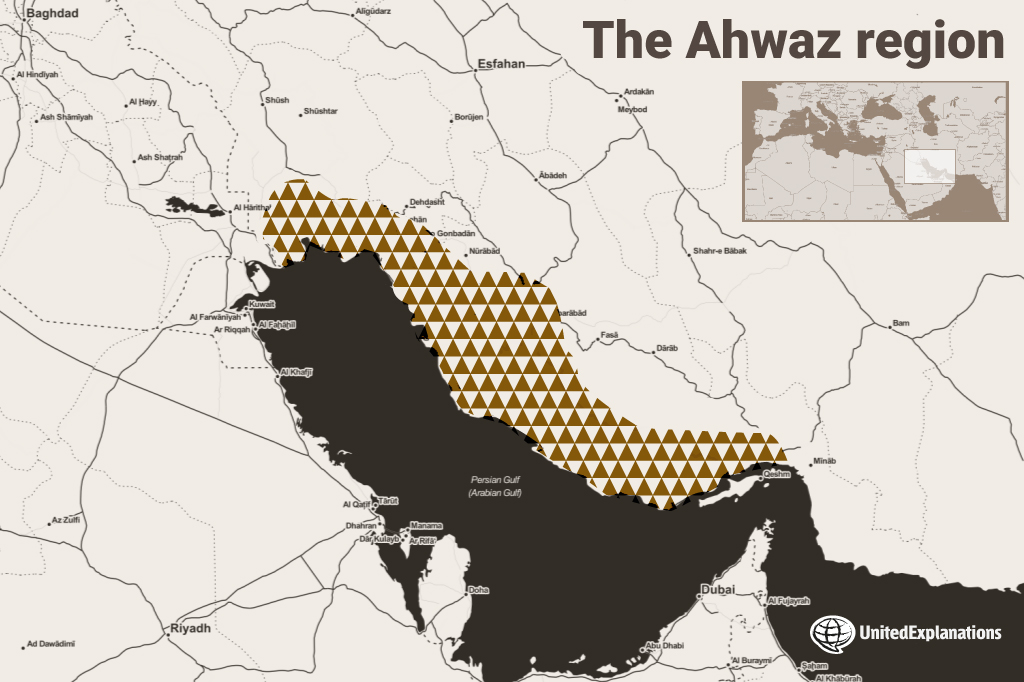
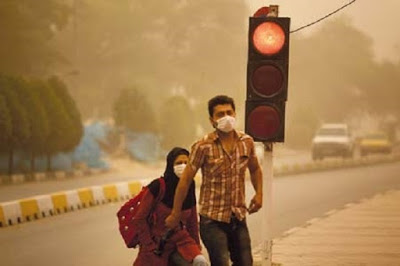

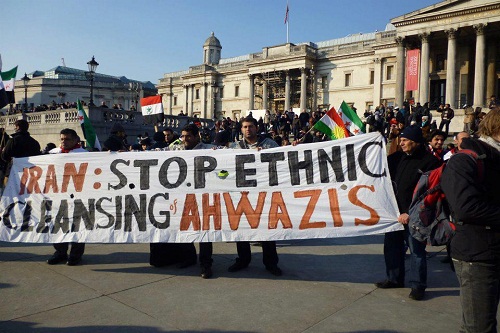



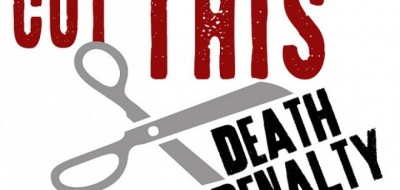
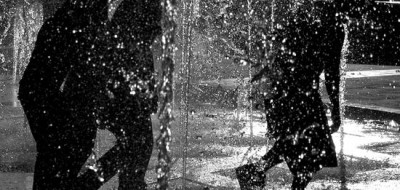
Pingback: United Explanations – Los árabes Ahwazi, una comunidad silenciada y discriminada
Pingback: The World’s Silent Complicity in Iranian Apartheid against Ahwazi people | Ahwaz Monitor
Pingback: The world’s silent complicity In Iranian apartheid against Ahwazi people - Track Persia
Pingback: Iran’s Ahwazis Continue to Suffer as Two More Disappeared Activists are Executed · Global Voices
Pingback: Iran's Ahwazis Continue to Suffer as Two More Disappeared Activists are Executed | Ahwaz Monitor
Pingback: OPINION: Ahwazi People In Iran Continue To Suffer While The World Looks Away | CauseACTION
Pingback: Ahwazi Population in Iran Continue to Suffer While the World Looks Away - The Herald Report
Pingback: Ahwazi People In Iran Continue To Suffer While The World Looks Away | Ahwaz Monitor
Pingback: THE TRAGEDY OF AHWAZ – CounterVortex